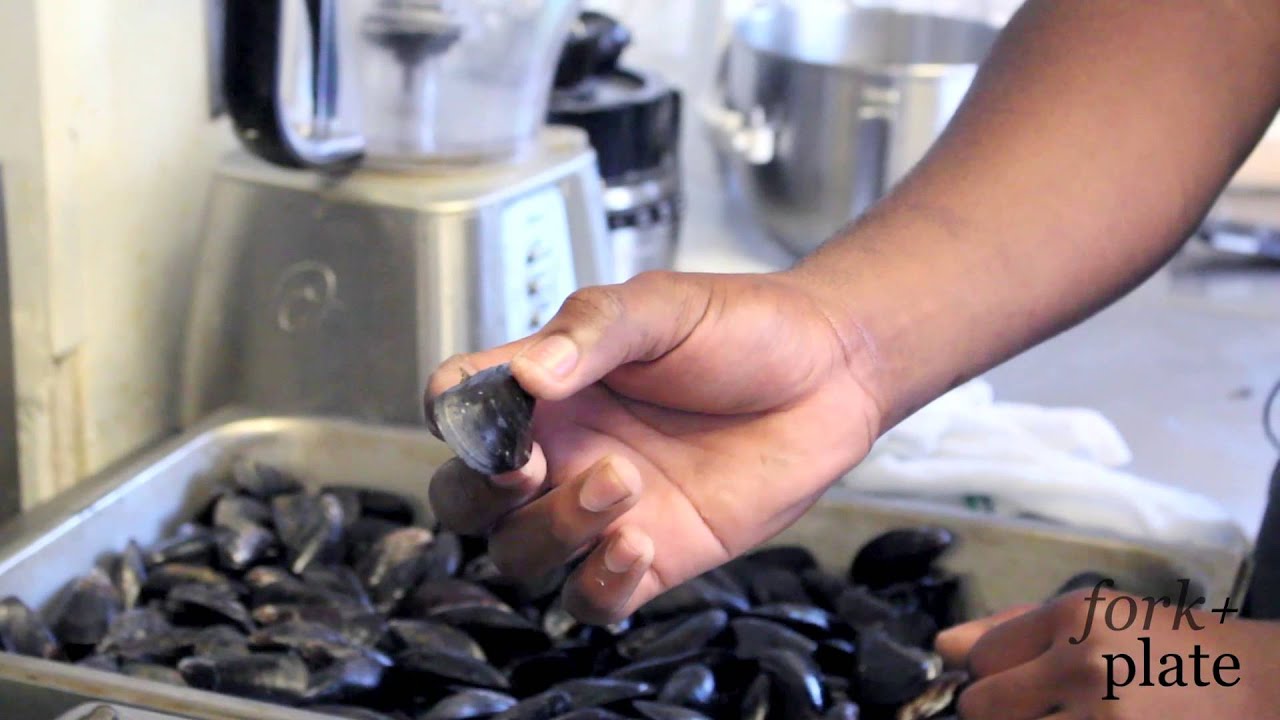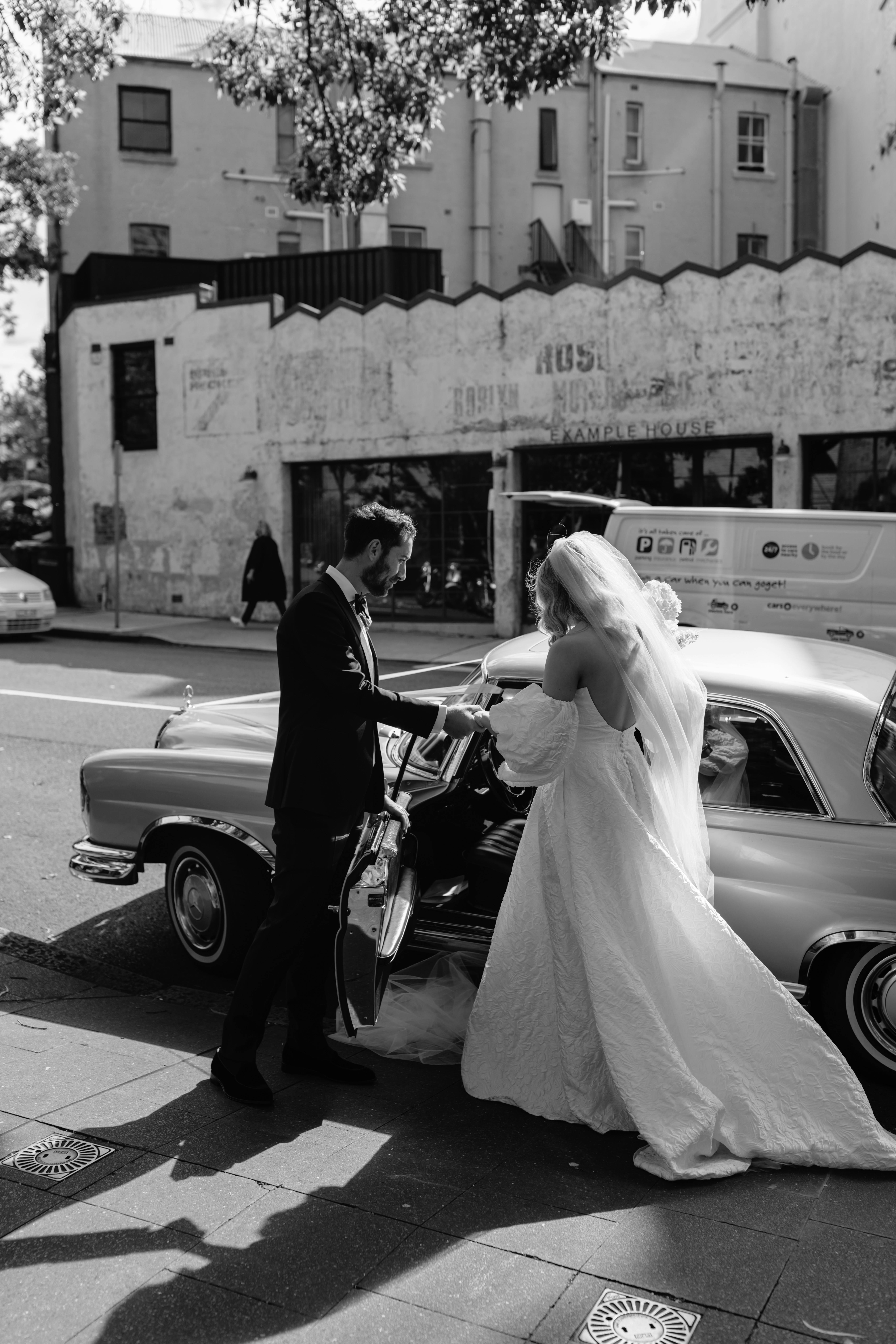How to Properly Cite Images for Your 2025 Projects

Apply Now
 This structure emphasizes the artist's name first, which is a distinctive feature of MLA style, giving prominence to the creator.
This structure emphasizes the artist's name first, which is a distinctive feature of MLA style, giving prominence to the creator.
 Citing images ethically also ensures that you maintain academic integrity while respecting others’ intellectual property.
Citing images ethically also ensures that you maintain academic integrity while respecting others’ intellectual property.

Essential Guide to Properly Cite Images for Your 2025 Projects
Citing images correctly is an integral part of academic writing and publishing, which ensures that credit is given to the original creators of visual content. The importance of proper image citation cannot be overstated—failing to do so can lead to accusations of plagiarism, which can severely impact your academic integrity. Moreover, as students and researchers, respecting copyright laws and understanding image attribution is crucial in today’s digital landscape. This guide will cover how to cite images in various styles, including APA and MLA, provide practical citation examples, and discuss the significance of image citations in academic work. By mastering the different image citation formats and guidelines, you can enhance your writing and maintain ethical standards in your projects. Along with essential tips on referencing digital images and proper image credits in academic writing, this article will equip you with everything you need to know about citing visual content effectively. By the end, you will have the tools and knowledge necessary for creating an organized image reference list and ensuring your work adheres to academic image citation rules.How to Cite Images in APA Style for Academic Work
Citing images in APA format is vital for students and professionals alike who want to maintain academic integrity. The APA style requires specific details to perfectly attribute images to their authors. The basic format for images typically includes the author’s name, the year of publication, the title of the image in italics, the medium of the image, and a source link. For instance, if you're citing an online photograph, the format would look like this: ``` Author Last Name, First Initial. (Year). Title of work [Format]. Website name. URL ``` Take the example of a photograph titled "Sunset Over The Mountains": ``` Smith, J. (2023). Sunset Over The Mountains [Photograph]. Unsplash. https://unsplash.com/photos/example ``` This clear reference makes it easy for others to find the original work, upholding the ethical standards expected in research and publications. To avoid common pitfalls, ensure you include all necessary details, double-check your links, and maintain consistency in formatting, which contributes to effective referencing of visual content.Common Pitfalls in Citing Images
When citing images, students often make mistakes that can compromise their citations. One frequent error is omitting the author’s name or failing to use the correct publication year. Additionally, neglecting to provide the proper medium of the image can lead to confusion regarding its format. Understanding the differences between physical and digital formats is also crucial. For instance, a digital photograph is cited differently than a print image, as the former always requires a URL. Additionally, students frequently overlook the importance of using italics appropriately in titles, which is essential when determining the correct APA image citation format. By being aware of these common mistakes, you can ensure that your citations are accurate and in accordance with academic standards.Practicing Effective Image Citation Strategies
Incorporating a systematic approach to image citation can yield excellent results. Begin by creating a dedicated reference document for all the images you intend to use in your project. As you research and encounter images, make a note of vital information like the author, title, date, and source. This will simplify constructing your citation list later. Furthermore, consider utilizing image citation tools available online to help format your citations correctly. Many of these tools use citation management software that allows you to input the image details and automatically generate proper citations in multiple styles. Taking these proactive steps will enhance your skills in effectively citing visual content.Explore Citing Images in MLA Style for Your Projects
Moving on from APA, citing images in MLA format also plays a significant role in academic writing. The MLA citation style has its unique formatting requirements, which are essential to abide by when creating your works cited list. Generally, an MLA citation for an image follows this format: ``` Last Name, First Name. Title of Artwork. Year, Museum/Institution, City, URL (if applicable). ``` For example, consider a painting titled "The Starry Night": ``` Van Gogh, Vincent. The Starry Night. 1889, Museum of Modern Art, New York. http://example.com/vangogh/starrynight ``` This structure emphasizes the artist's name first, which is a distinctive feature of MLA style, giving prominence to the creator.
This structure emphasizes the artist's name first, which is a distinctive feature of MLA style, giving prominence to the creator.
Key Differences between APA and MLA Image Citation
Understanding the key differences between APA and MLA image citation methods is imperative for proper academic referencing. While both styles require the author's name and the title of the work, APA emphasizes the publication year right after the author's name, whereas MLA places greater importance on the author’s name and title. Moreover, APA typically requires the medium of the image right after the title, while MLA includes the location and institution that houses the artwork. These subtle distinctions can greatly affect the clarity and accuracy of your citations. Being familiar with both methods will allow you to adapt your citations based on the requirements of differing academic disciplines.Developing Consistent Citation Practices for Images
To excel in the art of image citation, maintaining consistency is crucial. Use similar formats for all image citations in your work, abiding by the guidelines specific to the citation style you select. A consistent approach not only improves readability but also demonstrates a keen understanding of citation etiquette for visual content. Document any sources for images well ahead of time to ensure accuracy and help you track how to give credit to images. This method can streamline the final steps of generating your bibliography or works cited page, making it an essential practice in academic writing.Image Attribution: Understanding Copyrights and Ethics
Understanding image copyrights and ethical guidelines surrounding image use is critical when citing images in academic projects. Copyright protects the rights of image creators, which means using images without proper citations could lead to potential legal issues. Moreover, ethical use of images emphasizes the critical importance of respecting creators' rights while allowing for the dissemination of information. Always check if images are under Creative Commons licenses or belong to the public domain. Images under Creative Commons might have specific attribution requirements outlined by the creator, allowing you to use them legally while giving proper credit. Citing images ethically also ensures that you maintain academic integrity while respecting others’ intellectual property.
Citing images ethically also ensures that you maintain academic integrity while respecting others’ intellectual property.
Importance of Image Citations in Academic Integrity
Citations are not merely a formality; they serve a much larger purpose in maintaining academic integrity. Acknowledging sources reflects credibility in your work and allows readers to verify the accuracy of the information presented. The importance of proper image citation goes beyond mere legality; it displays respect for original works and promotes transparency in your research. The academic community values integrity, and adhering to image citation standards contributes to building a trustworthy scholarly narrative, making it essential for every writer to commit to ethical practices.Citation Tools and Resources for Effective Image References
Several tools can aid in creating accurate image citations, streamlining the process for students and researchers. Citation managers like Zotero and EndNote can automatically format references according to selected styles. Additionally, websites dedicated to academic writing often provide guidelines, examples, and citation generators specifically for images. Utilizing these resources can significantly simplify the task of managing your citations and ensuring your work adheres to the relevant standards. Always stay informed of the latest developments in citation rules and tools by accessing online resources dedicated to image citations. By being proactive about understanding how to properly cite images, you can enhance your academic writing, avoiding pitfalls, and demonstrating a well-rounded approach to your research projects.Final Tips for Mastering Image Citations
To successfully master image citations, remain diligent in your citation practices and stay updated on the latest rules and formats. Keep an organized reference list of images you annotate in your projects and double-check citation details for accuracy. Additionally, the importance of ethical image use should always be at the forefront of your work. Engaging responsibly with visual content reflects a commitment to academic integrity, ensuring you maintain a high standard in all your scholarly contributions.